6 Top New Features in Windows Server 2016

Windows Server 2016 introduces a plethora of new features and enhancements, making it a compelling choice for businesses seeking a robust and secure server platform. Let’s delve into the top 6 new features that set Windows Server 2016 apart:
1. Nano Server:
Embrace a lightweight, container-optimized server option with Nano Server. Designed for minimal footprint and optimized for cloud environments, Nano Server is ideal for microservices and web applications.
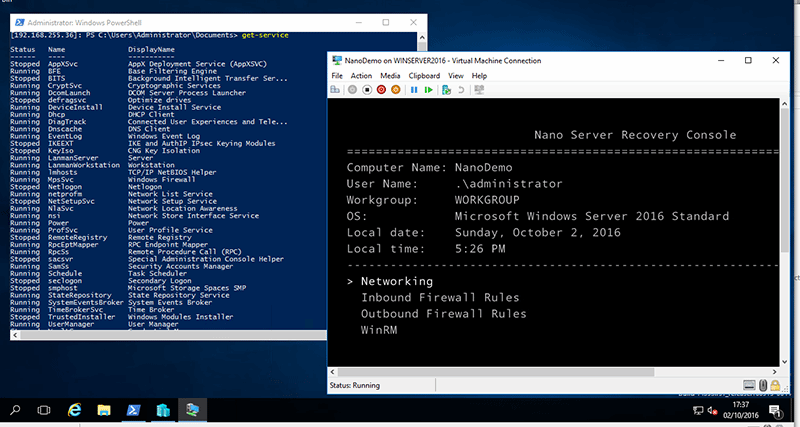
2. Containers:
Leverage Docker containers to package applications and their dependencies, enabling seamless deployment and portability across environments. Windows Server 2016 offers native container support, simplifying container orchestration and management.
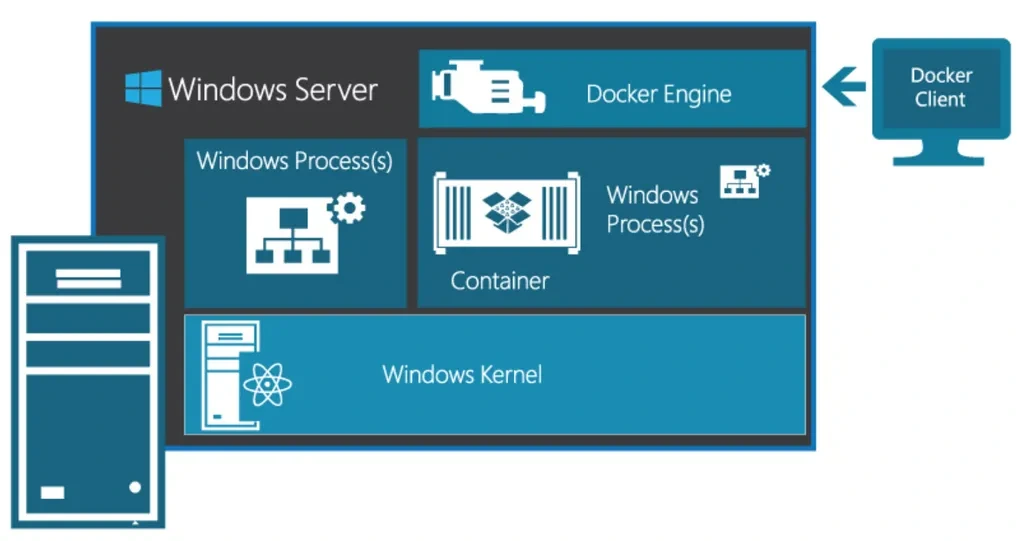
3. Hyper-V Containers:
Experience enhanced isolation and security with Hyper-V Containers. These lightweight containers utilize Hyper-V’s virtualization technology, providing greater resource isolation and security compared to traditional containers.
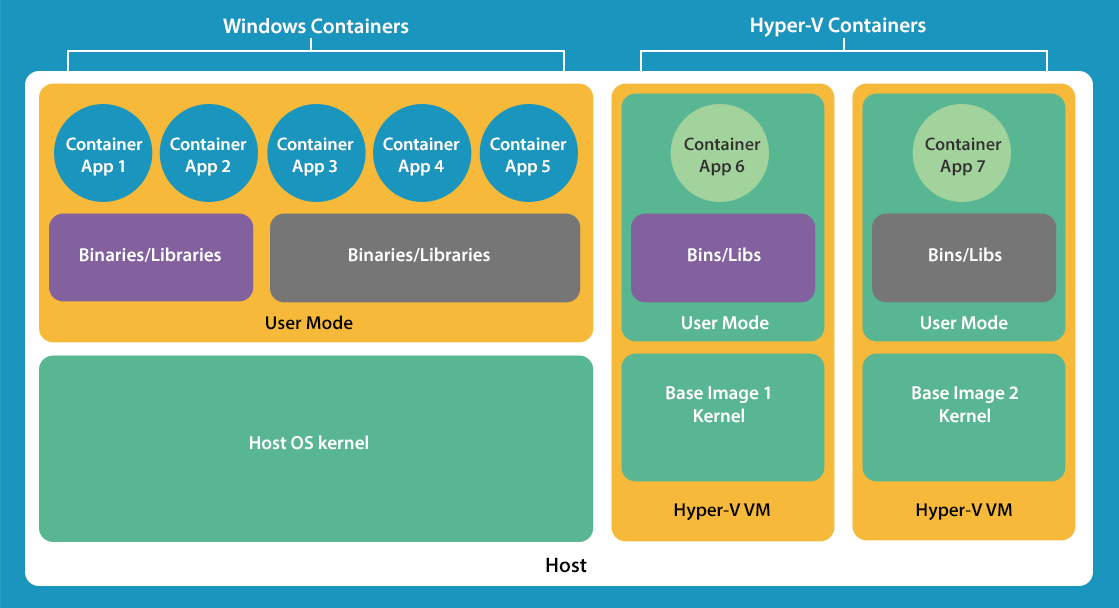
4. Active Directory Federation Services (ADFS) v4:
Strengthen identity and access management with ADFS v4. This updated version introduces support for the OAuth 2.0 protocol, enhancing access control and enabling secure authentication for modern web applications.
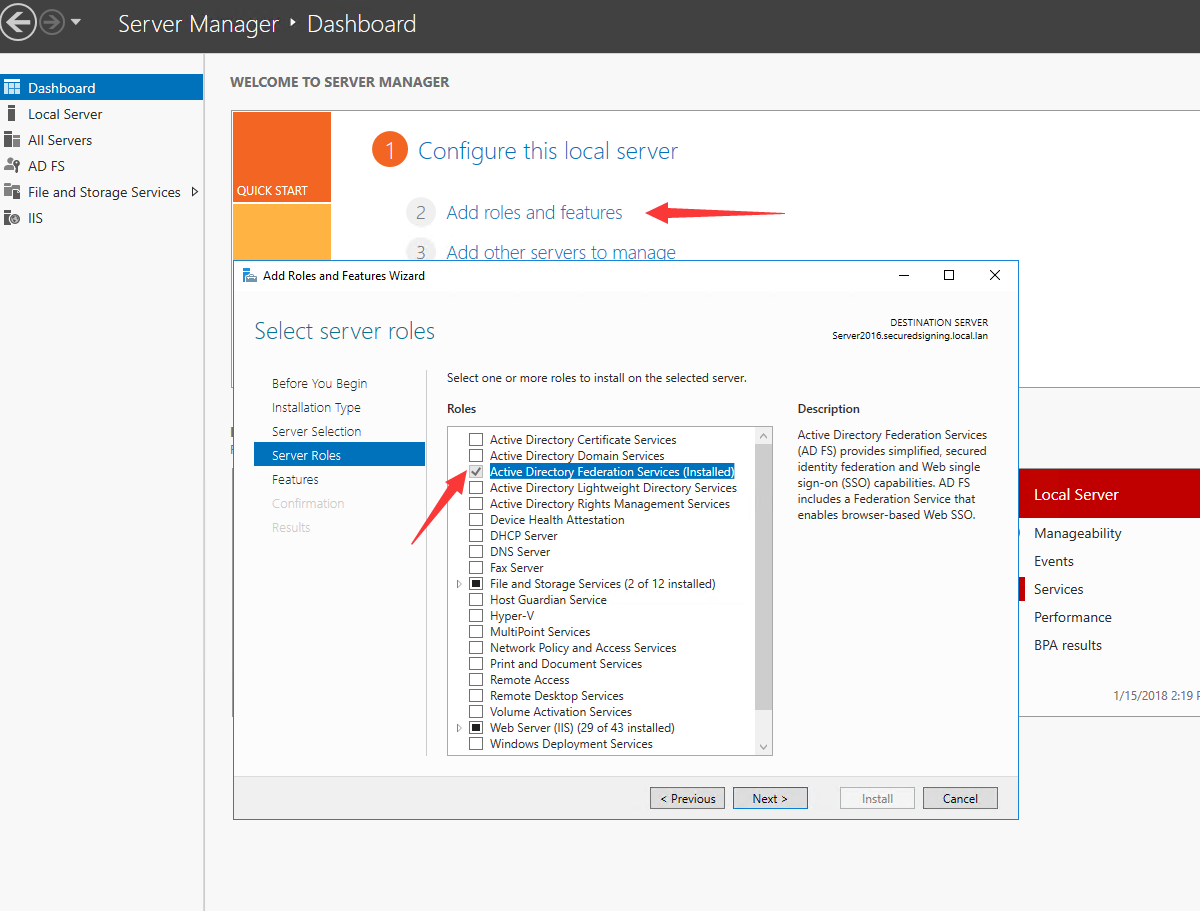
5. Windows Server 2016 Storage Spaces Direct:
Transform local disks into a high-performance software-defined storage (SDS) solution with Storage Spaces Direct. This feature eliminates the need for expensive hardware RAID controllers, making storage more scalable and cost-effective.
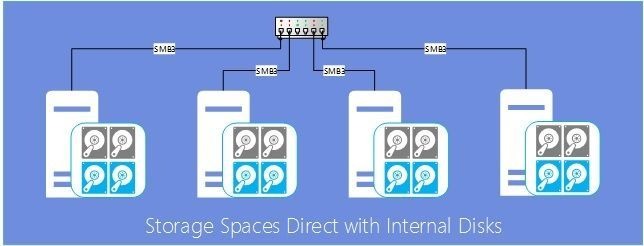
6. Windows PowerShell 5.1:
Embrace a more powerful and versatile command-line interface with PowerShell 5.1. This enhanced version introduces new features for managing containers, automating tasks, and simplifying IT administration.
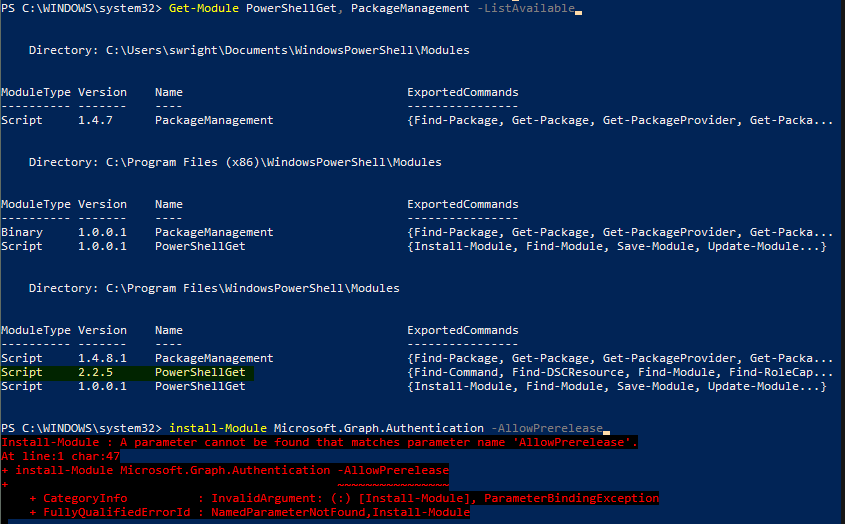
Conclusion:
Windows Server 2016 redefines server innovation with its focus on containers, security, and cloud-native capabilities. By embracing these new features, businesses can streamline IT operations, enhance application agility, and safeguard their data in the ever-evolving digital landscape.
We hope this helps!
